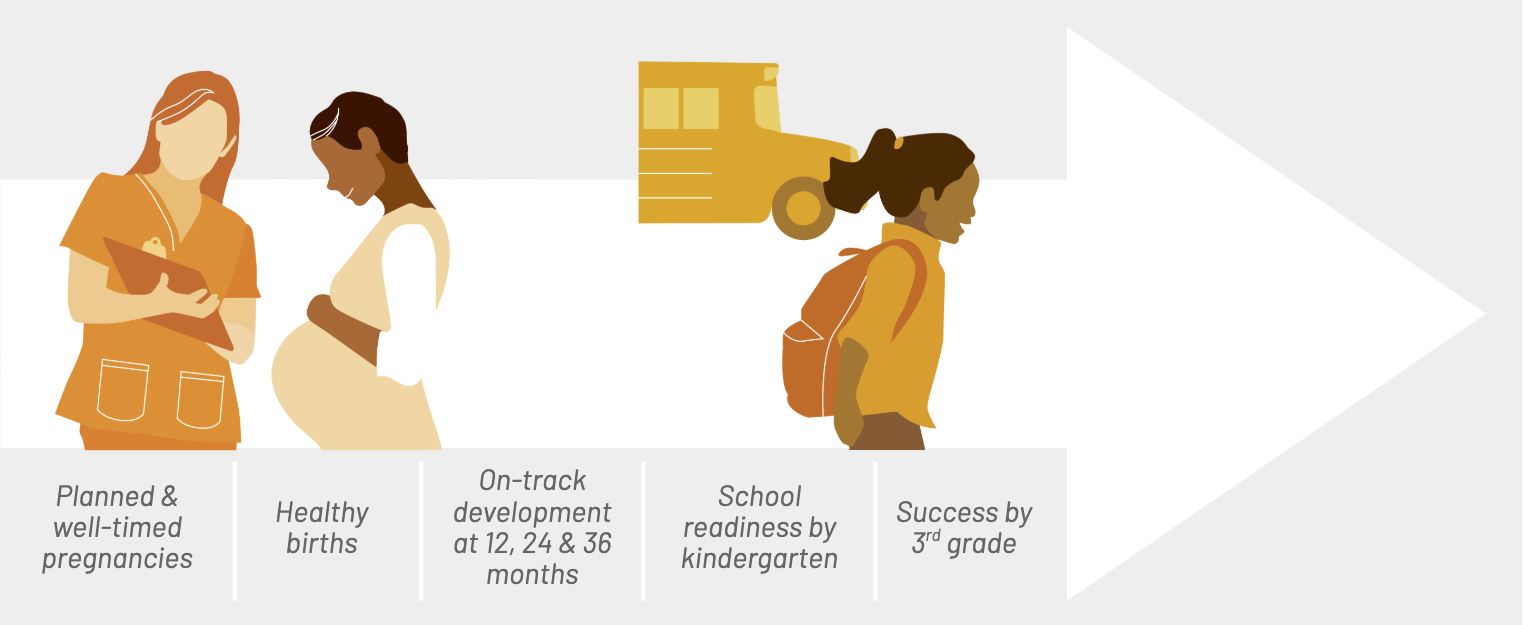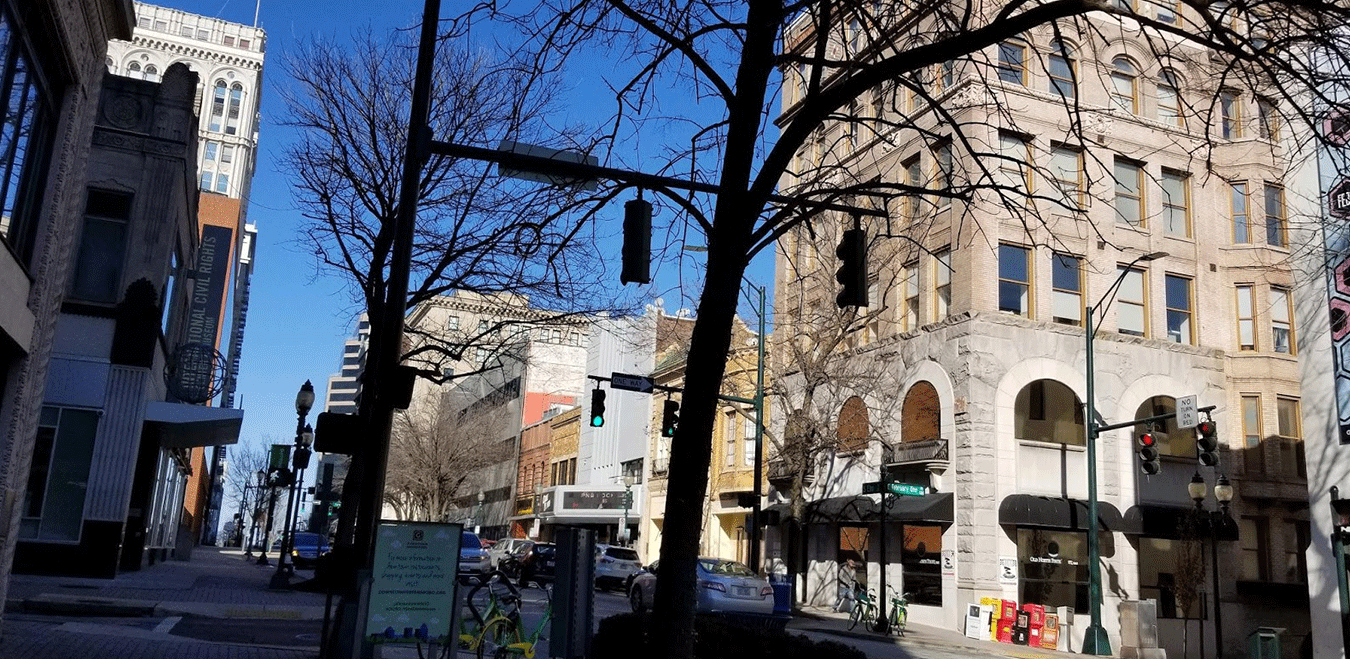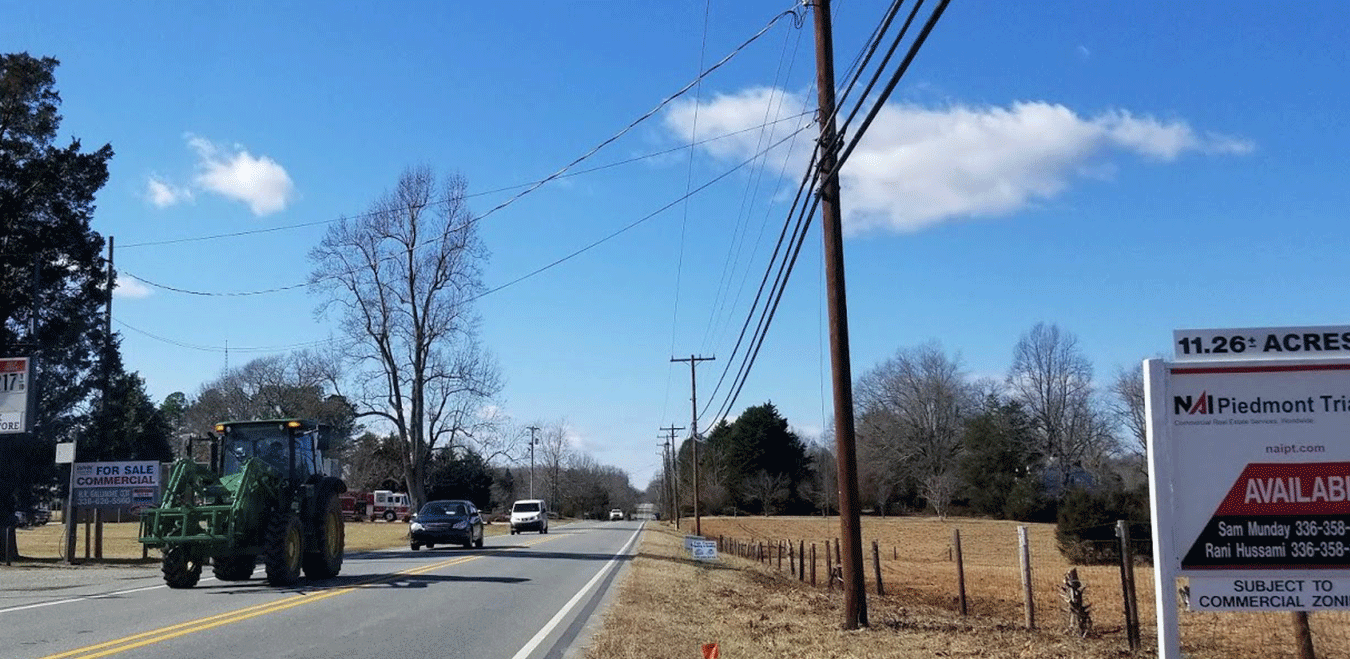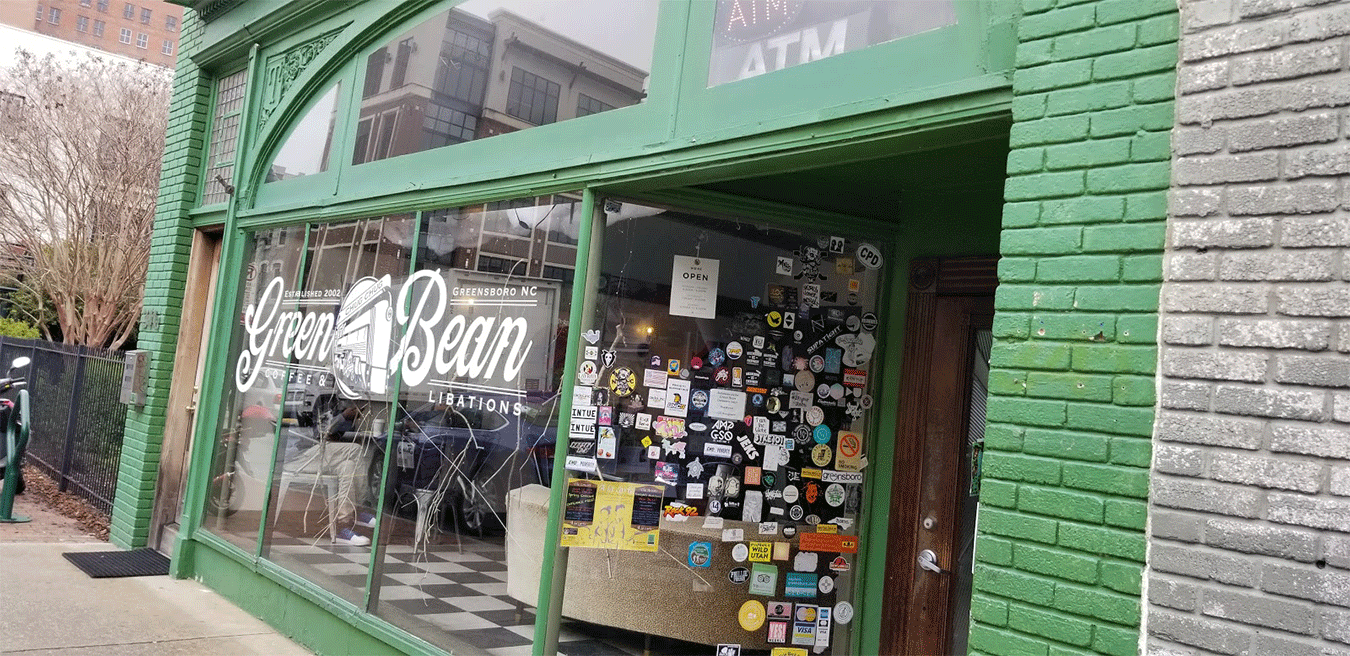Field Notes
How Do You Define What Matters? Field Notes from Guilford County, Part I
Across North Carolina’s Guilford County, leaders and community members are partnering to ensure that the county’s 37,000 0 to 5-year olds, and the 6,000 children born each year, are on a path to lifelong success when they begin Kindergarten.
Led by Ready for School, Ready for Life and The Duke Endowment, the Get Ready Guilford Initiative (GRGI) aims for population-level outcomes and reduced disparities for young children and their families.
To get there, GRGI is building a county-wide system of care. Root Cause is contributing by helping 13 early childhood programs strengthen their measurement capacity, improve program quality, connect their work, and tackle the big systemic issues affecting Guilford families.
We are striving to shape our work so it matters for Guilford’s children and their families. This is a play-by-play of how we are doing and what we are learning. We’re questioning everything. It’s complex. It might take a while. There’s local energy and commitment to tap into. This is what working toward community-level change looks like in real life.
This post is written by Anand Dholakia, a Principal at Root Cause and member of its Guilford County project team. Anand works with early childhood and county health programs on continuous quality improvement, facilitates a Community of Practice, and contributes to the project’s strategic direction.
A mural in Hamburger Square in Guilford by artist Kim Kennedy
Welcome to Guilford County, NC
Guilford County is one of the most populous of North Carolina’s 100 counties, with nearly 520,000 residents. A 25 x 25 mile square that is home to Greensboro, its largest city and site of the civil rights movement’s first major sit-in, global furniture hub High Point (what you’re sitting on may have had part of its story written here) and a wide spread of smaller towns and rural areas.
In a way Guilford is representative of countless communities across the country – a mix of urban, suburban, and rural areas lying a 1-2 hour drive from Charlotte and state capital Raleigh. The residents are racially and economically diverse, and include a large number of refugees from around the world. Though it does not have one of the country’s largest metro areas, the county is disproportionately rich in culture, health and education institutions, microbreweries, murals, and some of the better coffee shops and veggie burgers (#BeyondTexturedSoyProtein) I have experienced in a community of any size. Even more important than the coffee, areas like this have a local spirit and pride you can feel when visiting, and after you visit enough you begin to feel it yourself. And then you find yourself buying a Greensboro souvenir t-shirt in the airport.
This is the setting for the Get Ready Guilford Initiative (GRGI), a countywide collaborative effort to ensure that the county’s 37,000 children age five and under, and the 6,000 children born each year (~14 babies per day, give or take!), enter school on a path to lifelong success. Its goal is to improve and eliminate disparities in five early childhood outcomes at the population level.
Success In Life Starts With…

GRGI is massive in its ambition. Less than half (45 percent) of Guilford’s children currently enter Kindergarten on track for grade-level reading.
GRGI is also massive in its energy. Led by local backbone organization Ready for School, Ready for Life (Ready Ready), the initiative is governed by a cross sector of county leaders and has a small army of partners collaborating to reach its goal. When lead funder The Duke Endowment (TDE) scanned the Carolinas for areas with strong early childhood partnerships in which to invest, Guilford County was selected. When David Brooks wrote about ‘A Really Good Thing Happening in America,” this sure looks like it.
Defining What Matters
In late 2017, Root Cause was asked to help facilitate the selection of a group of early childhood programs, and strengthen their measurement capacity and program quality. Our role would be one of many parallel efforts across GRGI, which also include building a countywide system of care, scaling proven programs, and others.
Now, building capacity is a common request in our field. Root Cause has helped organizations do this many times over 15 years, like many of our peer intermediaries, consultants and TA providers. So our initial impulse was to launch business as usual with improved capacity as the end goal.
At the time, however, Root Cause as an organization was interrogating our purpose and our intermediary role. We had been asking ourselves questions such as:
– To what end are we doing our work?
– What is the broader context for our work?
– Are we solving for the right problems, and what drives those problems in the first place?
– Is our work making a difference?
– Will any families and communities even notice?
So as we began to implement our tightly scoped role, we decided to ensure that our role matters to Guilford children and families. That meant reframing our capacity-building work as a means to achieve three ultimate ends tied to GRGI’s goals:
– Improve at least one person’s life
– Improve lives at the population level
– Reduce disparities based on factors such as race, class, gender, citizenship status, and geography.
Reframing our work around each of these ends forced a new way of thinking, leading us to approach our traditional role in relatively less traditional ways. So what did we do? We will start to share the detail over the next few posts about the Get Ready Guilford project. For now, here’s a preview:
Shaping Our Work to Support Children and Family Success
We immersed ourselves in the place. We mapped demographics, streets, program locations, and bus routes. We studied the local political structure and leadership. And we criss-crossed the county to get a feel for the physical layout and to visit programs, offices, and neighborhoods. Jerry Seinfeld correctly observed that rental car reservations mean nothing so this happened via a sleek Chevy Camaro substituted at no extra charge, making the local recon ~40% faster and allowing us to talk with more people.
We prioritized relationships with community. While we sped around, we stopped long enough to get out and talk to people, many of whom do not have the luxury of their own auto transport. After reading through an Encyclopedia Britannica’s (I may be aging myself here) worth of family quotes from Ready Ready’s past family listening sessions, we ran more sessions of our own. We invited ourselves to Ready Ready’s family advisory group meetings, and are bringing families into our own work process. Most importantly, we listened, versus waiting for the next pause to share our own thoughts, the way you do in any healthy relationship (I am flagging this for the benefit of my wife and 3- and 6-year old boys).
We took an honest look at the big, complex picture. We examined the breadth of what families reported they need in raising their children to succeed, how broader conditions and systems support or hinder that success, and how families experience inequities.
We selected programs based on their work versus just capacity needs (at least at first). For our first capacity-building cohort, we targeted programs that represent a cross-section of the county’s early childhood landscape and have significant reach. We are now partnering with 13 nonprofit and public programs that provide home visiting, prenatal and maternal/child health care, parenting education, and food/nutrition services, many of which are closely intertwined with private health providers. Cumulatively, more than 50,000 people pass through these programs’ doors each year (75% more than the capacity of the Spectrum Center, home of the Charlotte Hornets – thanks Wikipedia). SOURCE: 2018 Program Survey
We framed measurement capacity and defined program quality around what matters for families. Yes, evidence-based practice is in there. And based on what we heard, we also highlighted the importance of accessibility, cultural competency, partnering with families in making program decisions, examining the systemic barriers that drive inequities, and others.
We coupled capacity building with collective action. We added a Community of Practice (CoP) for the 13 programs to connect their individual capacity-building work and share learning and resources. The CoP would also provide a venue to examine the big systemic issues that communities face on a daily basis but were beyond any one program’s scope.
And several more adjustments that we first described in this 2018 post for Grantmakers for Effective Organizations, ‘Reframing our Purpose to Be More Transformative for People and Families,’ and will return to in future posts in this series.
We are now more than one year into work with GRGI, and will begin sharing our journey in Guilford County as an ongoing case study for how to improve lives and address disparities, in a place, at the population level. We aim to share this journey as it happens, being transparent as possible about our incremental progress, successes, roadblocks, efforts to circumvent those roadblocks, the good and the bad.
So as Root Cause’s founder & CEO Andrew Wolk writes about ‘Finding Common Purpose’ and our ongoing interrogation of how our work makes a difference, and as a growing number of authors write national bestsellers that critique our approach to addressing social issues, these Field Notes will expose the practical reality of making it happen on the ground. As a bonus, they will update my family who still has no idea what I do for a living.
We will highlight what visionary, committed leaders and dedicated foundations can accomplish together, while acknowledging the real-life challenges that arise daily. We will strive to incorporate the voice of local programs, systems leaders, and the Guilford community. As we go, we will illustrate the practical application of our Collective Action and Measurement and Learning work, share what we learn, and broadcast new frameworks and tools as we develop them.
Stay tuned for more updates from Guilford County.
This is where community-level change gets real.




